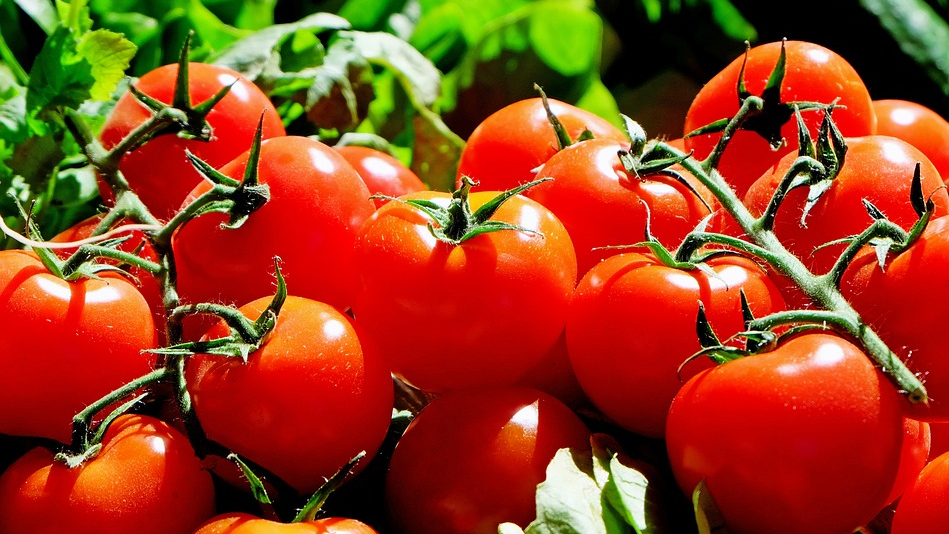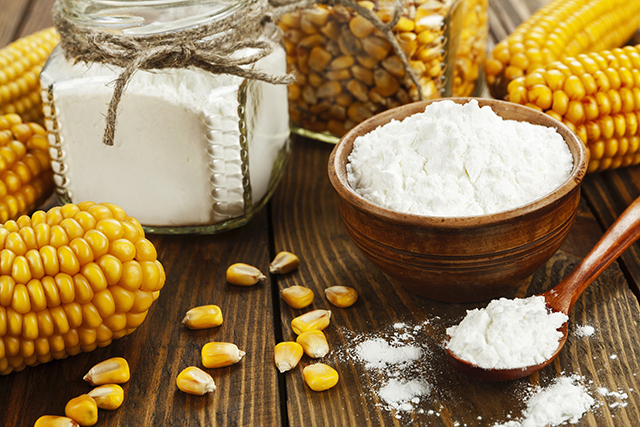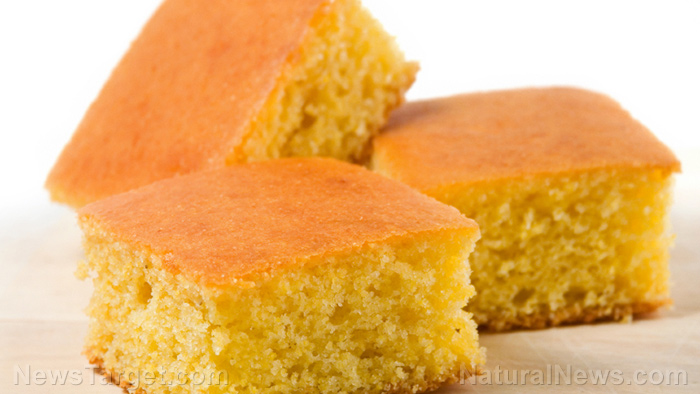How to prune your tomatoes for a maximum yield this summer
04/11/2017 / By Earl Garcia

Tomatoes are one of the most delicate plants to care for, especially when it comes to pruning. Pruning has tremendous benefits to offer. Properly pruning your tomato plant helps improve their form and prevent fungal growth and bacterial disease. Left unpruned, tomatoes produce dense growth that prevent the leaves from drying, which in turn may weigh down the branches to the point of touching the ground. This then makes the plant susceptible to soil-borne diseases.
Pruning also helps improve the quality of fruits. Limiting the plant to two to three stem thins the plant’s foliage, which in turn ensures that all the leaves receive ample sunlight. Dense growth makes the leaves yellow and dry, which prompts the plant to focus on producing replacement leaves that fruits. Pruning facilitates fruit production. Properly-pruned tomato plants start bearing fruits two to three weeks earlier than unpruned plants. Pruned tomato plants also yield larger, healthier fruits.
Pruning side shoots may also help the main stem achieve greater structural strength. Side shoots grow weaker over time as the sugar that the plant uses for food is spread through more stems. This in turn decreases the plant’s vigor, and makes it more susceptible to pest-induced injury. Pruning improves the overall health of your tomato plant.
Pro tips in pruning your tomato plant
There are a few things to consider. It is important to identify whether your tomato plant is either a determinate or indeterminate variety. Determinate varieties such as Patio and Better Bush reach a certain height and then cease growing. Most of these varieties need stem support, but a few have very sturdy stems. These tomato varieties are ideal for planting in pots because of their size. Avoid pruning these varieties if possible as doing so may reduce their yield.
On the other hand, indeterminate varieties such as Early Girl continue growing and bearing fruits throughout the growing season. These varieties need extra tall support of at least five feet. These tomato varieties benefit most from pruning. It is ideal to prune side shoots that are about four inches long. It is also important to be careful in pruning during hot climates as overpruning your plant may greatly reduce its foliage and cause it to develop sunscald. Below are essential tips in pruning tomato plants for increased fruit yield this summer.
- Planting season – It is important to remove the lower leaves in order to bury the plant deeply into the soil. Shear off any flowers present during the planting time to help the tomato to redirect its initial energy in growing leaves instead of fruits.
- Early and mid-season – It is necessary to remove flowers until the plant reaches 12 to 18 inches in height. This helps the plant focus its energy on developing its roots. Suckers that grow beneath the first fruit cluster must be removed to facilitate fruit development. Suckers are little shoots that grow in the spot where the leaf stem and the main stem meet. It is ideal to remove suckers when they are small enough for your fingers to pinch. Removing them with your fingers may prevent you from leaving a gaping wound on the stem. If necessary, use a sharp knife or a pruner blade to cut the suckers. In doing so, make a clean cut as close to the main stem as possible without causing any damage.
- Late season – Tomatoes plants still yield a bumper crop during this season. Remove the growing tips of each main stem to accelerate ripening. It is ideal to do this in about four weeks prior to the first expected fall frost.
Sources:
Tagged Under: gardening, gardening skill, home gardening, tomato



















